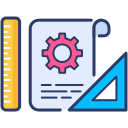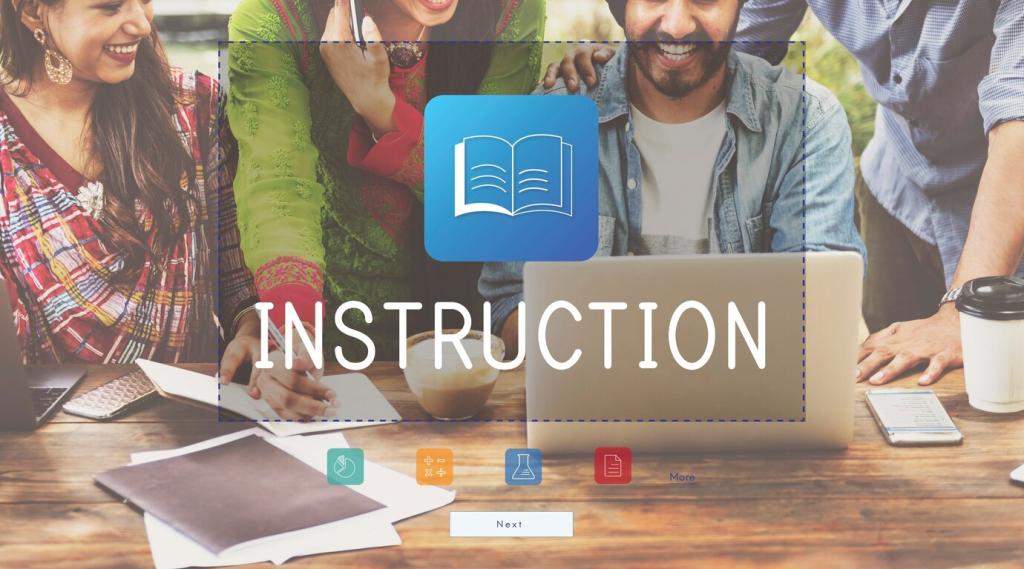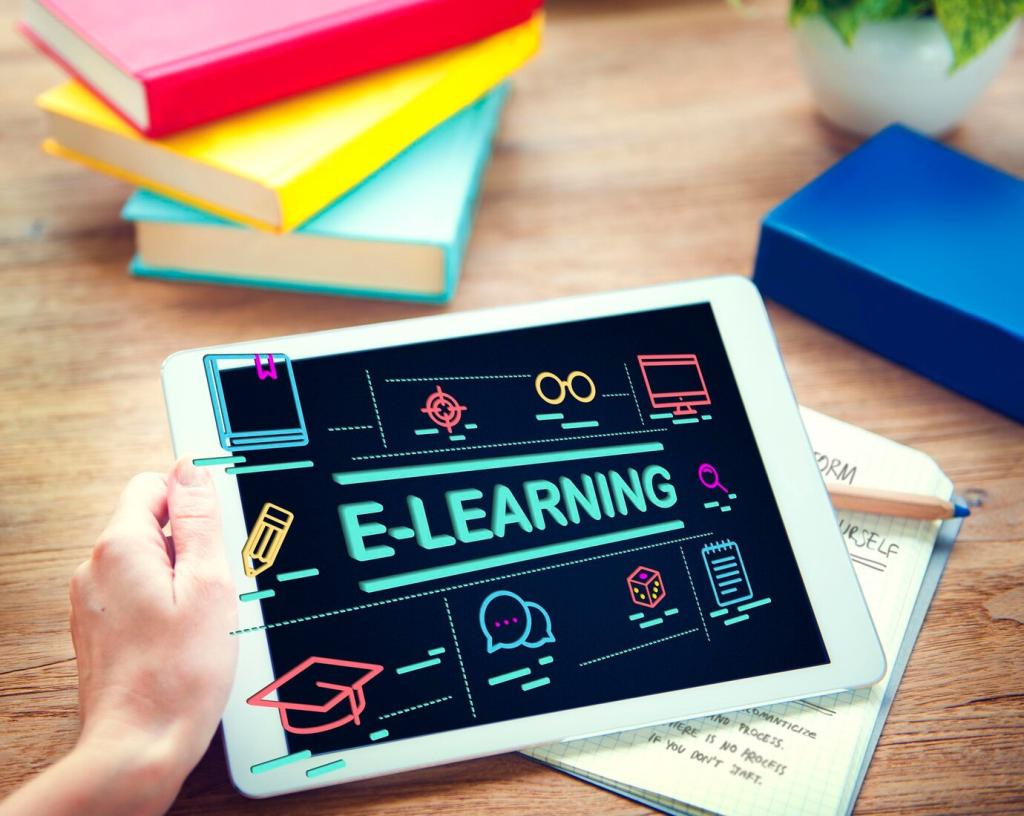Accessibility Foundations That Put Learners First
Accessibility is not a feature; it is a baseline of respect. When guides work for screen reader users, dyslexic learners, and multilingual newcomers, everyone benefits. Tell us where you’ve seen accessibility open doors in your classroom or team.
Accessibility Foundations That Put Learners First
WCAG, Section 508, and EN 301 549 sound intimidating until we map them to everyday choices: color contrast, keyboard focus, captions, and structured headings. Comment with the guideline you struggle to interpret, and we’ll unpack it together.
Accessibility Foundations That Put Learners First
Design starts with real people. Build personas informed by interviews with learners using magnifiers, voice input, or switch controls. Invite students to co‑create requirements, then subscribe for templates that help you document needs with empathy and precision.
Accessibility Foundations That Put Learners First
Lorem ipsum dolor sit amet, consectetur adipiscing elit. Ut elit tellus, luctus nec ullamcorper mattis, pulvinar dapibus leo.





